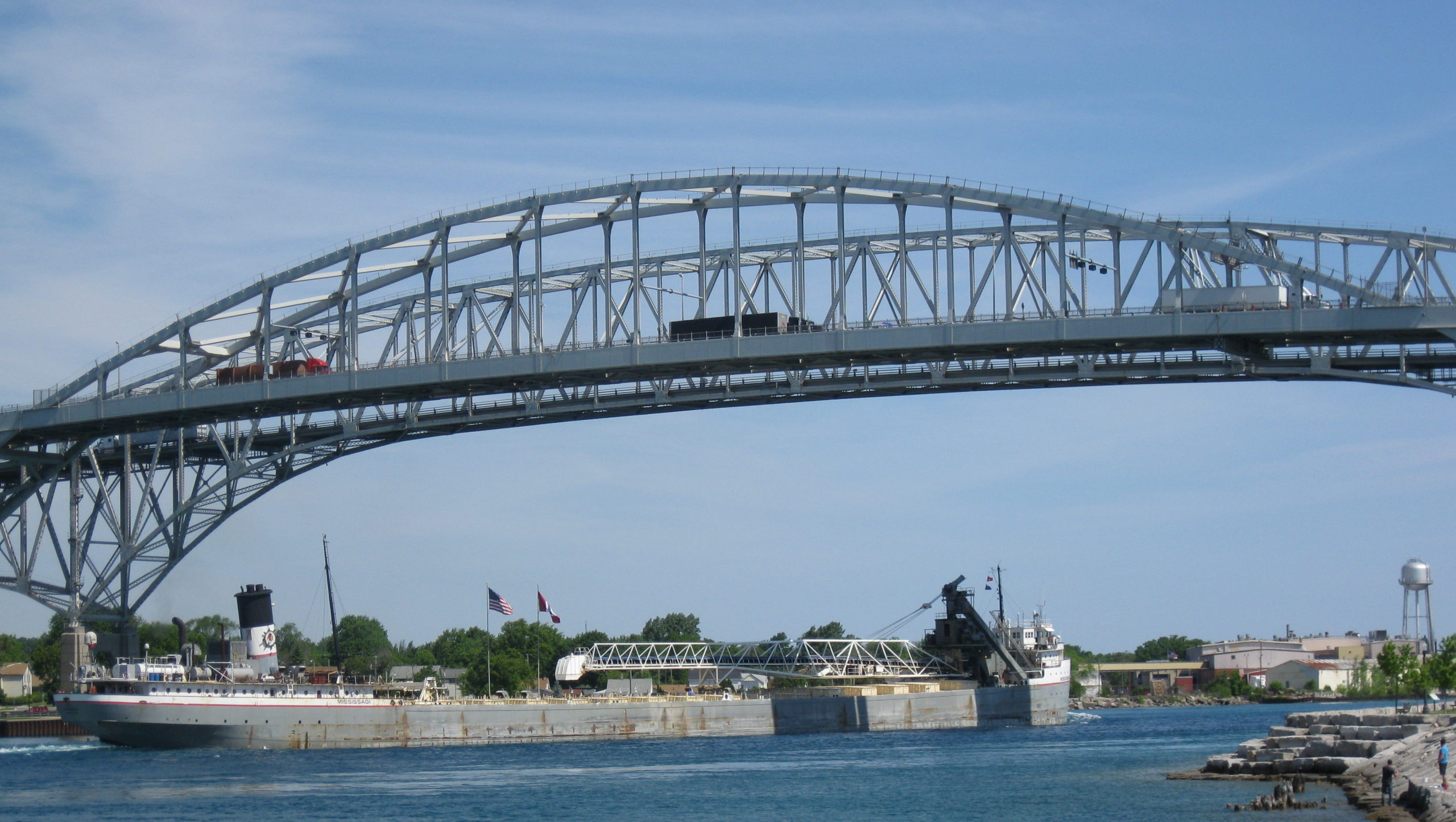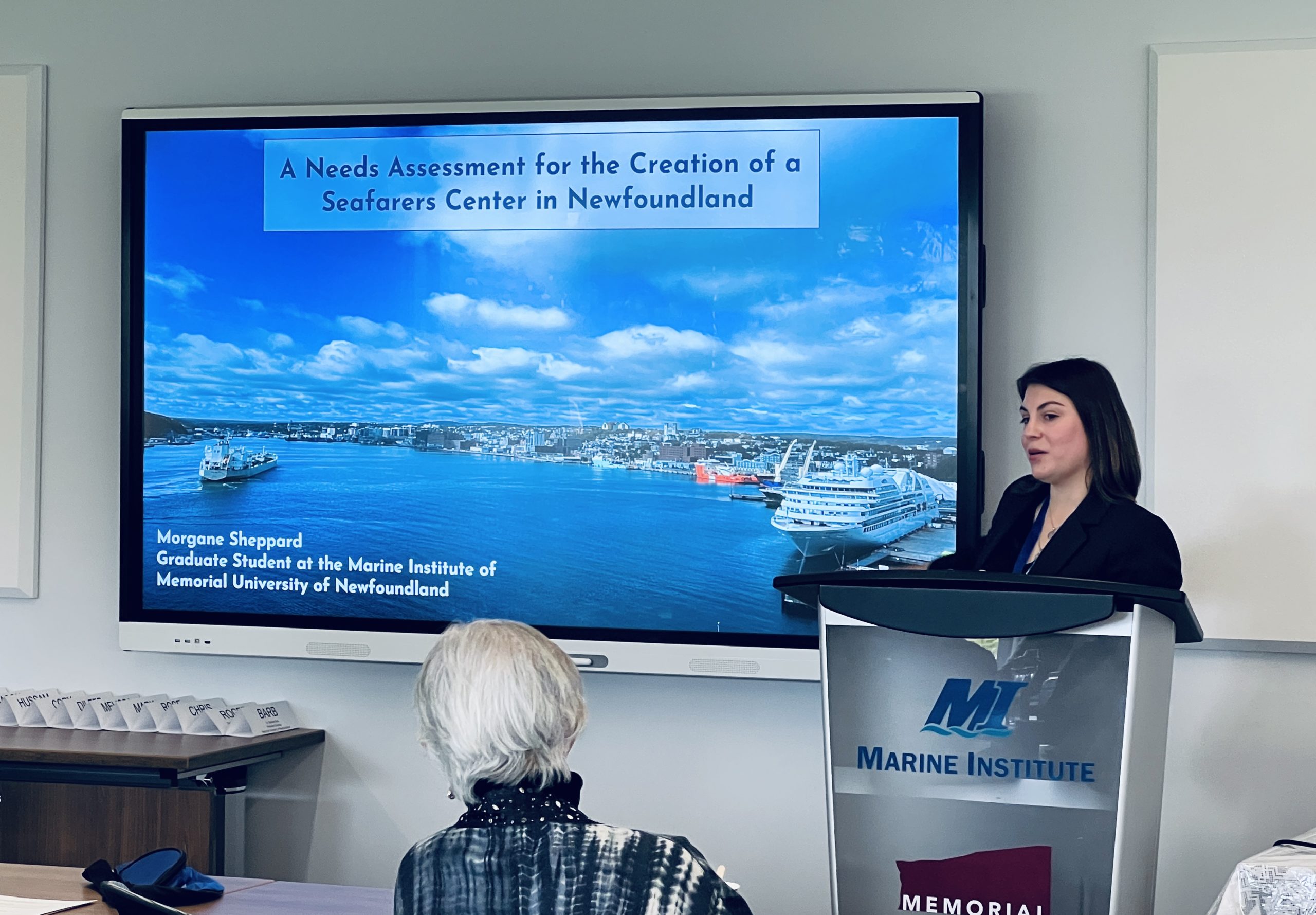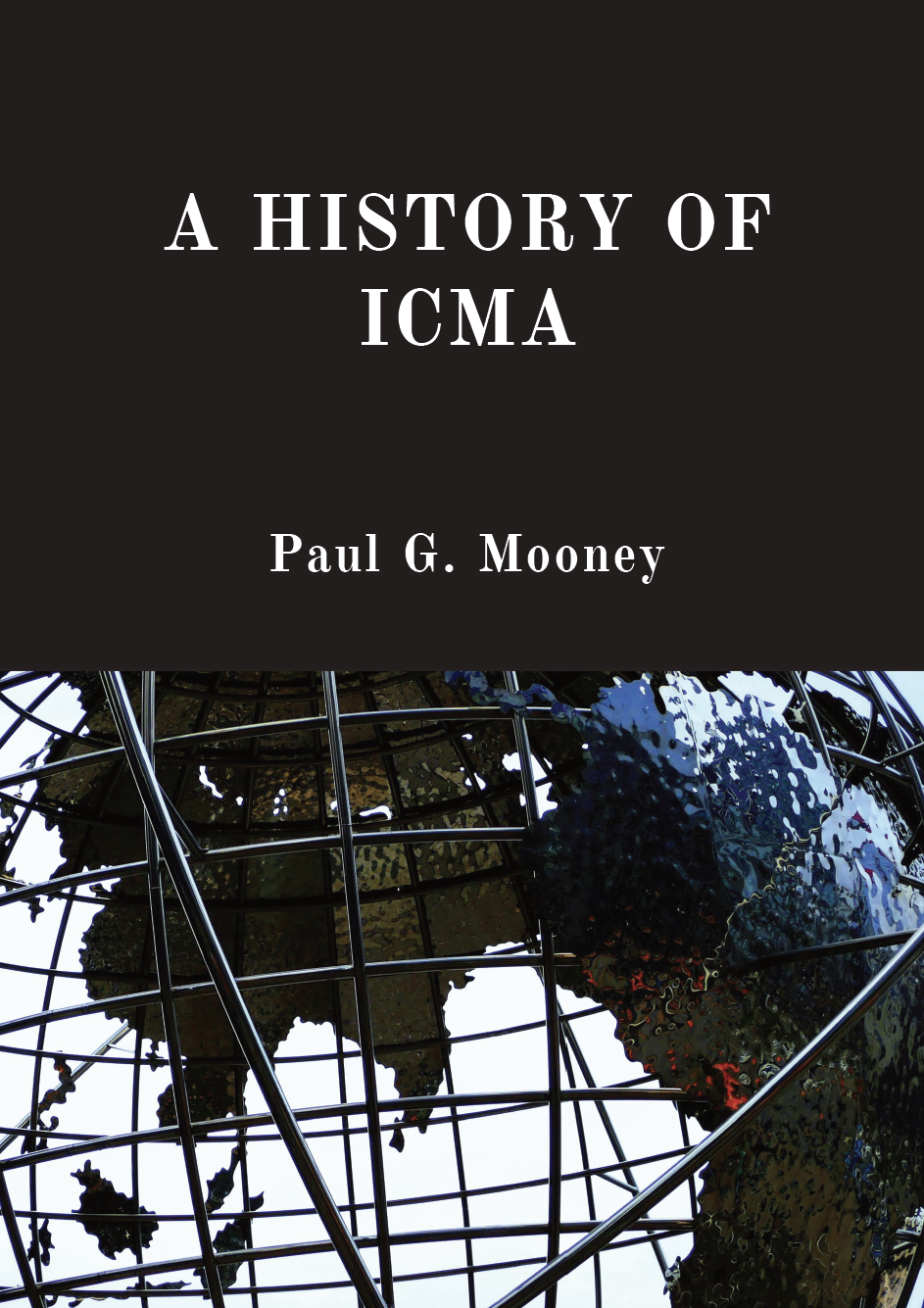By Susan Huppert, NAMMA
Shared experiences enable us to care about others. We connect with others if we can personally relate with their experience. Such was the case when Anglican priest, Steven Gilbert, started a mission to seafarers in Sarnia, Ontario, in 1983. His son was a seafarer.
Communication is crucial to meeting needs. So when Italian speaking seafarers docked at this relatively small Canadian port speaking Gilbert contacted a Roman Catholic priest, Reverend Donasan, who spoke their language. The refreshing sound of a native language in a foreign land was an initial step to outreach and care. The priests pooled their energy and focused on developing a port mission. With assistance from the Anglican diocese they established the first mobile outreach from a 1984 Winnebago named “Angie.” Thanks to the International Trade Federation (ITF), a global organization supporting seafarers, for vehicle funding, the pair rolled from ship to ship offering care and concern.
Historically, a blend of churches of various ethnicities became involved in the mission. In 1987, the Ven. Dr. Gordon Simmons, assumed the role of chaplain. He now serves as chairperson of the board.
Following the model of the Anglican Mission to Seafarers, one of the largest port-based welfare operations in the world, Simmons, worked with a cross-section of volunteers from various parishes during the mission’s infancy. Angie offered immediate access for seafarers to find literature, Bibles in 11 languages, a listening ear and change of pace. In addition, volunteers would host seafarers in their homes. For Polish seafarers, Simmons would line up volunteers of the same nationality. Once, Siberian and Croatian crew were invited into a volunteer’s home of the same background. The family prepared a meal and played musical instruments of songs familiar to the seafarers. These extensions of care provided relief at a time when Croatia was experiencing war and seafarers were heavy-hearted.
“We would form teams with volunteers from the Knights of Columbus and visit ships, take seafarers to mass, shopping or medical appointments if needed,” said Simmons. “Our four teams from various churches would rotate every other week taking our vehicle to the ships.
“The Mission to Seafarers is a trusted brand,” he said. “We tailor our help to fit the individual. Our top priority is that seafarers and their families feel 100 percent safe in our care.”
Simmons trained others to understand the life of the seafarers.
“One of my chaps could speak Slovakian and understand other European languages,” he said. “And the man who owned the local garage was Korean. He would assist with translation when I needed help.”
Stories of the critically important experiences encouraged others to join the mission.
Fred Moss has volunteered in Sarnia for more than 30 years. Introduced to the outreach by his neighbor, Moss found volunteering among the seafarers a great opportunity. His experiences as a teacher of English in Nepal, China, Czech Republic and other countries gave him insight into what it felt like to be away from your homeland.
“I appreciated anybody who made it easier when I was far from home,” said Moss. “I wanted to pay back the kindness I had received.” And he does.
Both he and his wife, Dorothy, have transported seafarers to their home for meals and hospitality. A ham and cheese sandwich shared with genuine concern may not seem much, but to a man far from home facing a divorce, it was profound.
“There are a lot of Filipino seafarers who are not prepared for the cold. We give warm clothes to them,” the 82-year-old Presbyterian said. “Some of these things really pay off.”
The mission remains ecumenical with Roman Catholic, United church, Baptist, Presbyterian and Anglican board members. Working jointly has never been a challenge here. Today, it is keeping the mission alive that causes concern.
Arnold Vanderhelm was a seafarer as a young man. He understands life at sea. As a volunteer, he senses there is a limit to what can be provided now as most of the volunteers are aging. Hip and knee replacements are common. Climbing gangways may not return. Vanderhelm feels the ecumenical nature is vital.
“We can do more together,” he said.
But new recruits are scarce.
Today’s struggle to maintain is due in part to the times we are living in, according to Simmons. Churches are closing, Knights of Columbus folded. The reality is that members are getting older.
“We are trying to regroup,” Simmons said. “It is difficult.”
Moss’ optimism inspires as he recovers from surgery with a walker.
“Once this pandemic is past and we are able to, we will make sure we contact as many seafarers as possible.”
The mission has no building. Angie is history. It remains supported by the International Sailors Society Canada, the Anglican Diocese and the Mariners Club. The outreach has a god relationship with the harbour master. Yet, there is minimal partnership from corporations or businesses associated with the port. Some have no idea of the mission.
Sarnia is a natural harbor with a port that remains important as a mainstay of the local economy. The area, referred to as Chemical Valley, has 62 refineries and petroleum chemical facilities. In addition, the strength of its mechanical and technical services makes it a prominent player in ship repair and maintenance. Dockage is available for ten to twelve ships to lay up for winter repairs.
It is an all-season harbor receiving 80-100 vessels annually. It is located at the southern edge of Lake Huron. Because of its location above the Welland Canal, commercial vessels can operate late in the shipping season. Spring break-up arrives earlier than other lakes allowing ships access to lakes Erie, Heron and Michigan. Sarnia is clearly about opportunities for vessels and the people who man them.
“We need to provide seafarers with a place they can feel like home. Letting them know they have a contact person who cares. They need to feel like they are free and safe,” said the chaplain. “Even if it means only sharing coffee at McDonalds with someone.”
Such an opportunity occurred while he transported seafarers to shopping.
“The cook asked to speak with me alone,” said Simmons. “He didn’t want the crew to hear his concern. His contract had ended and he was not being relieved. Repeated promises to be sent home had gone unmet. I followed-up with the North American Maritime Ministry Association and finally got him home.”
In the future, funding and manpower may curtail the mission’s work. Personal contact with seafarers will decrease as the possibility of hiring a taxi service to do the driving is a very likely option. Even as mission volunteers sense challenges ahead, their care and advocacy is authentic and still alive. Throughout the years, the outreach to seafarers at Sarnia has been personal and that makes the difference.





